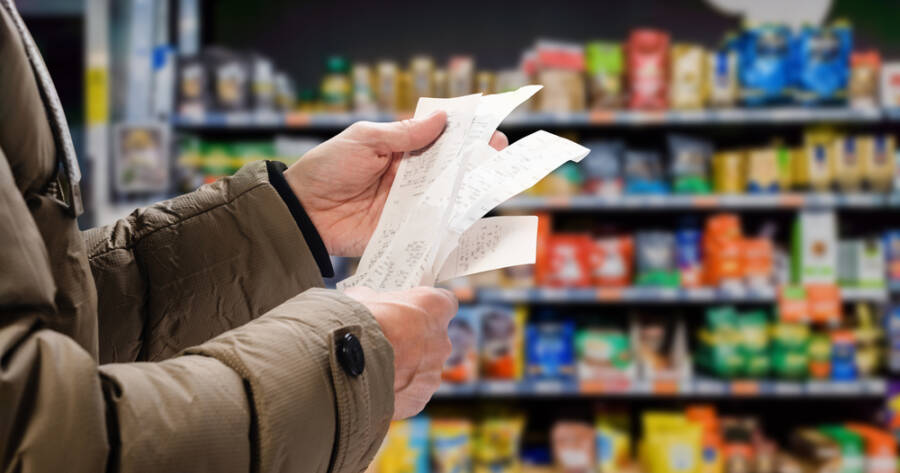Flash sale. Limited time only. 60% off—today only! Online shopping is full of flashy language designed to trigger impulse buys. But how do you really know if that “deal” is actually a bargain—or just clever marketing? The truth is, many retailers raise prices before a sale to make the discount look better than it is. Others use dynamic pricing, adjusting the cost based on demand, time of day, or even your browsing habits.
For online shoppers and savvy tech users, the best way to shop smarter is by tracking price history. With the right tools, you can see what an item has actually sold for in the past—and decide whether to buy now or wait for a better deal. Here’s how to do it.
Use CamelCamelCamel for Amazon Price History
CamelCamelCamel is a free and easy-to-use price tracker built specifically for Amazon. It lets you view a product’s full price history, including its highest and lowest price points, average pricing trends, and whether the current listing is truly a deal. Just paste the Amazon URL into the site, or install the browser extension (called “The Camelizer”) to see the price chart directly on product pages.
You can also set price drop alerts—just enter your target price, and you’ll get an email when the product hits that threshold.
Why it’s useful: It cuts through inflated “sale” prices and shows you when an item really is at its lowest.
Try Keepa for More Advanced Insights
Keepa is another powerful Amazon price tracker with a slightly more detailed interface than CamelCamelCamel. It tracks price history for not just Amazon itself, but third-party sellers and even used listings. It also covers Amazon sites in multiple countries, making it a great option for international shoppers.
With Keepa’s browser extension, you’ll see a full price graph embedded into every Amazon product page. You can toggle views by date range, seller, and price type, and even track lightning deal price changes in real time.
Why it’s useful: It gives a full-spectrum view of price changes across all Amazon sellers—including Marketplace and warehouse deals.
Use Honey for Price Tracking and Coupons
Most people know Honey as a coupon code tool, but its Droplist feature is a hidden gem. Add any item to your Droplist, and Honey will monitor its price on supported retailers (not just Amazon). If the price drops, you’ll get an alert via email or app. Honey also shows price history for select items, and it works across dozens of major ecommerce sites.
The browser extension also automatically applies coupon codes at checkout, helping you stack savings.
Why it’s useful: Works on multiple stores and combines price drop alerts with coupon codes for maximum value.
Check Google Shopping for Store Comparisons
While it doesn’t track historical prices, Google Shopping is a quick way to check if you’re about to overpay. Search a product and click the “Shopping” tab to see what different retailers are charging for the same item. Often, you’ll find that a so-called sale price is just average—or that another retailer has the item for less, even after shipping.
Why it’s useful: Easy comparison tool for checking multiple retailers at once, especially for electronics and appliances.
Look at Price History Before Big Sales
Retailers often promote “deep discounts” during events like Black Friday, Prime Day, or Memorial Day—but the starting price may have been quietly increased just before the sale. If you’ve tracked the price history beforehand, you’ll know whether the promotion is legit or inflated. Some shoppers use tools like CamelCamelCamel or Keepa for weeks leading up to a major sale to spot true lows.
Why it’s useful: Helps you separate real deals from marketing hype during big retail events.
Bonus Tip: Use Alerts Strategically
Most price tracking tools allow you to set target prices for specific items. Use this to your advantage by entering the lowest historical price as your threshold. That way, you won’t jump at the first 10% drop—you’ll only be notified when the deal is truly worth acting on.
How to get started:
-
For Amazon, install Keepa or CamelCamelCamel browser extensions
-
For general online shopping, try Honey or Capital One Shopping
-
Use Google Shopping to compare prices across retailers
-
Bookmark items you want, and be patient—good deals come to those who wait (and watch)
The Power of Patience Pays Off
The difference between a good deal and a real deal often comes down to timing. Retailers count on impulse buying, but when you take a moment to check the price history, you gain the upper hand. With free tools and a little planning, you can shop with confidence, avoid inflated “sales,” and make your money go further every time you click “Buy Now.”

